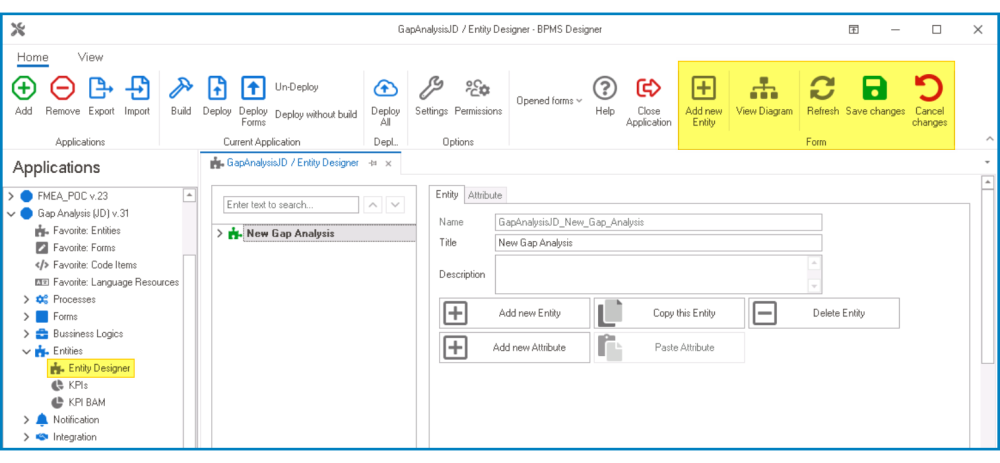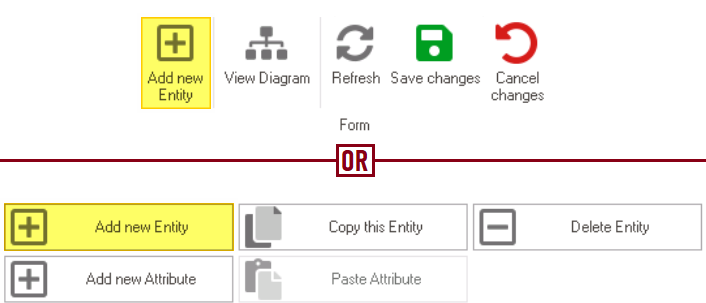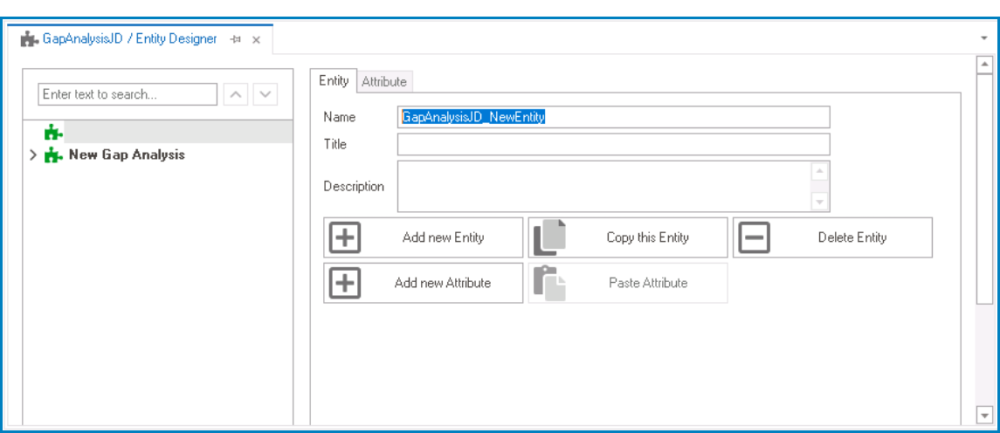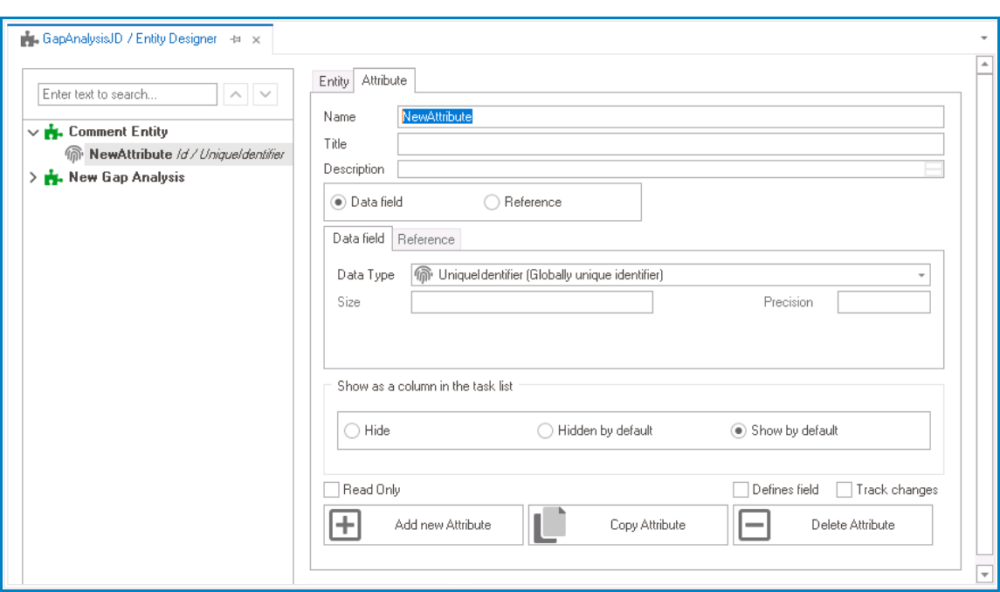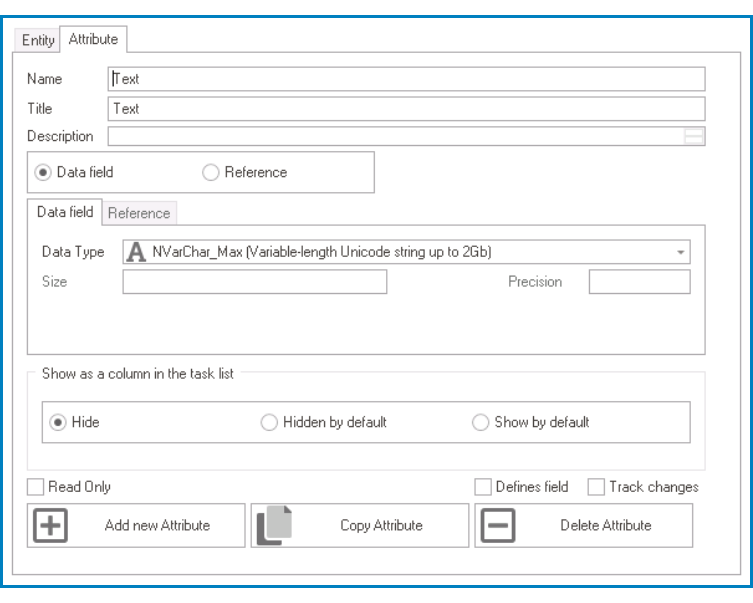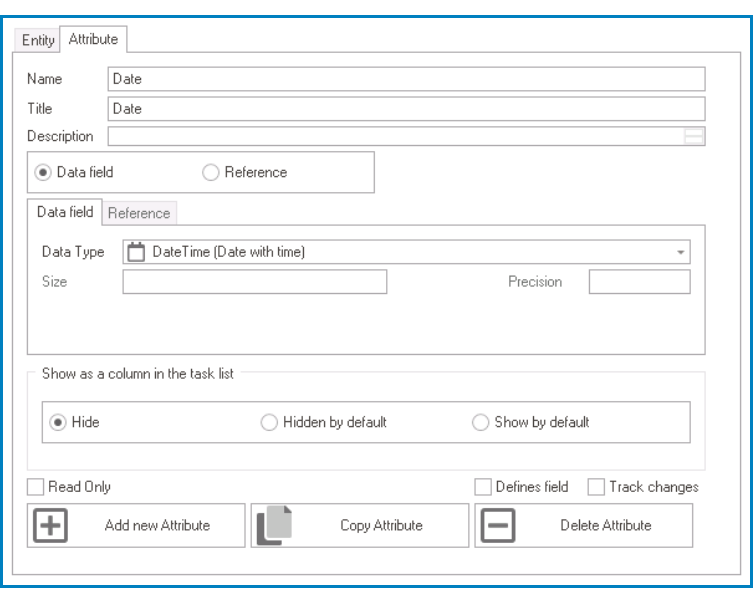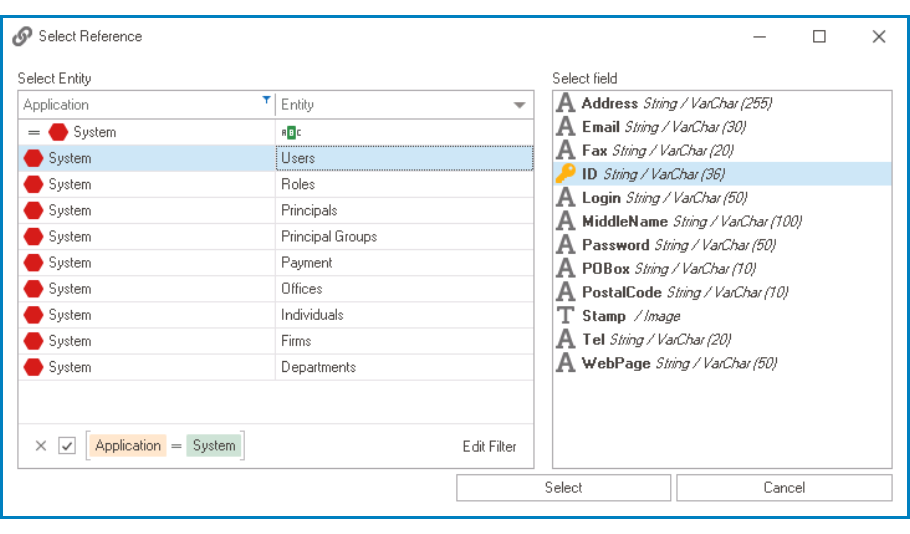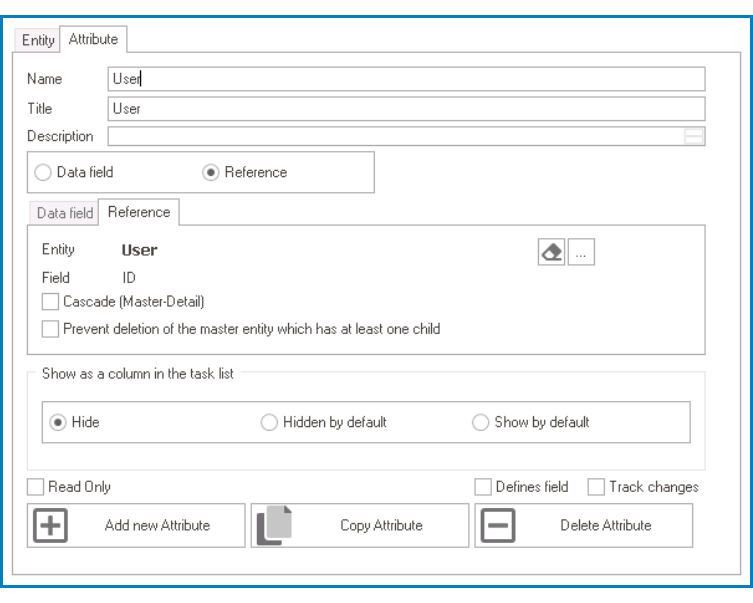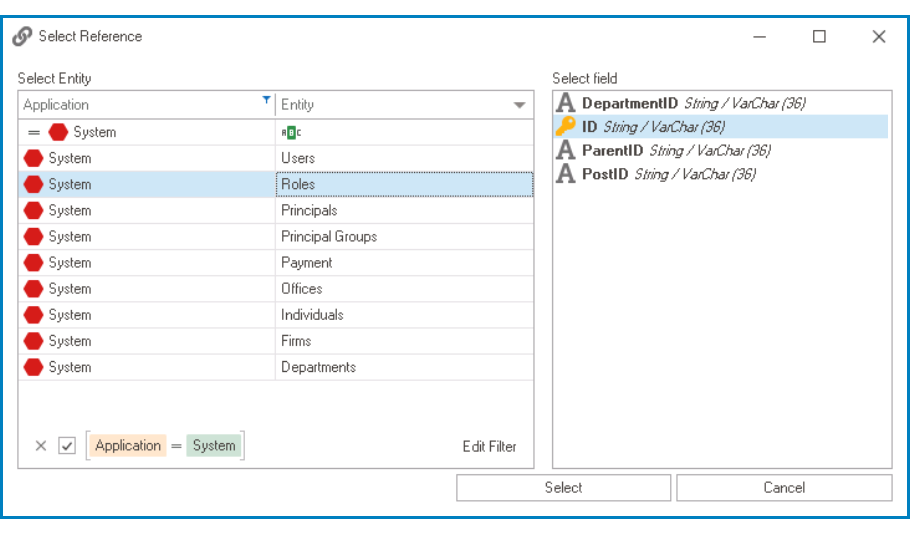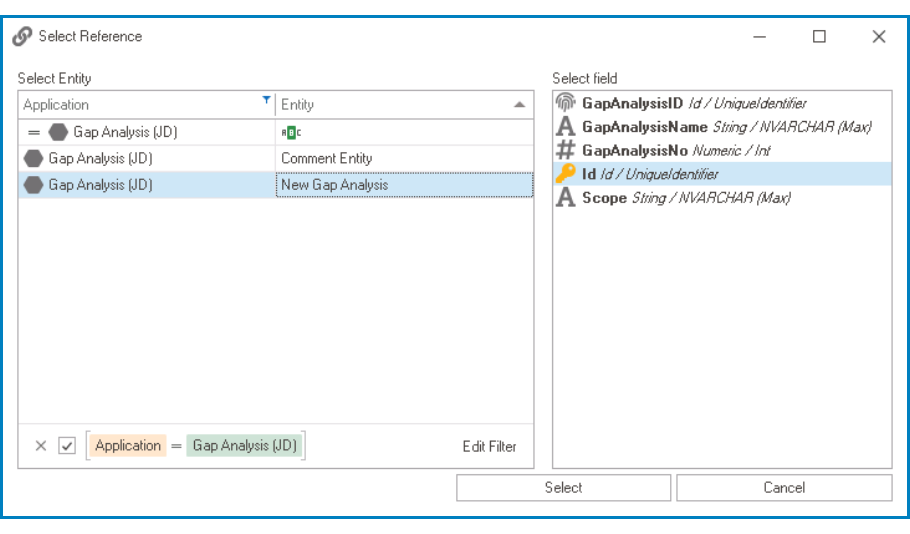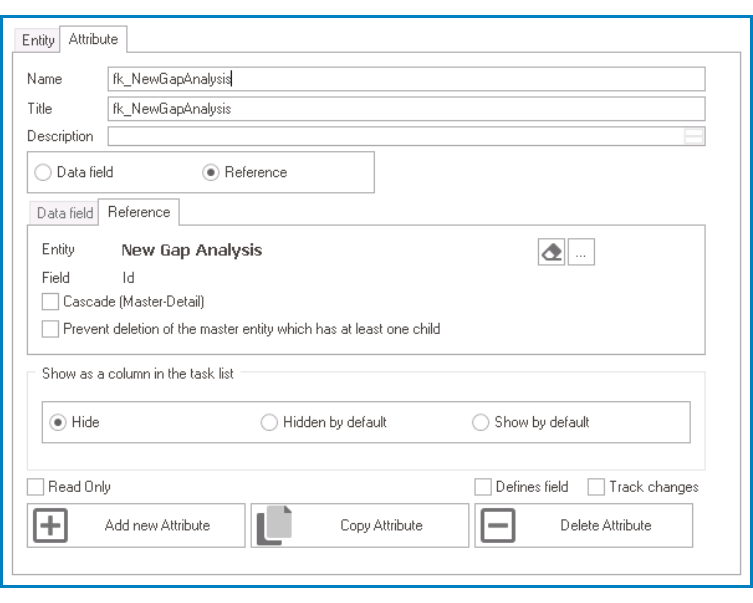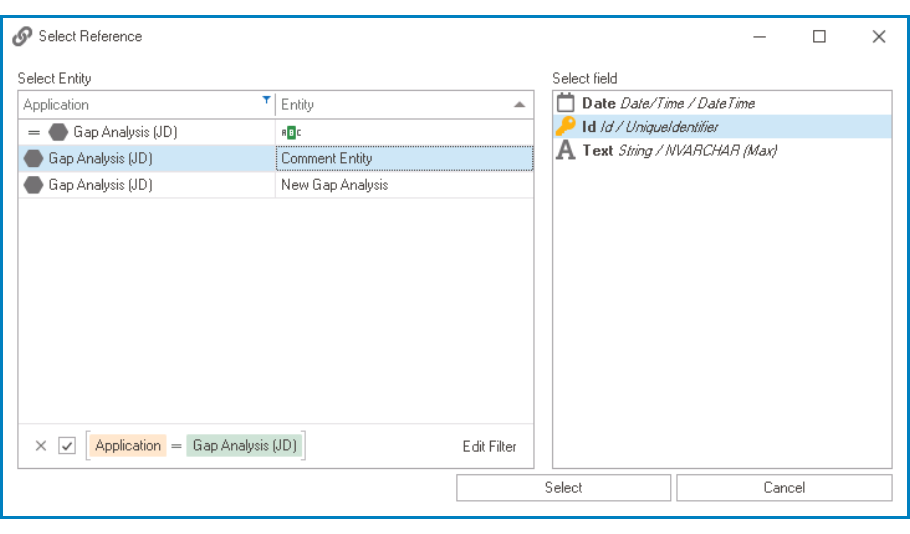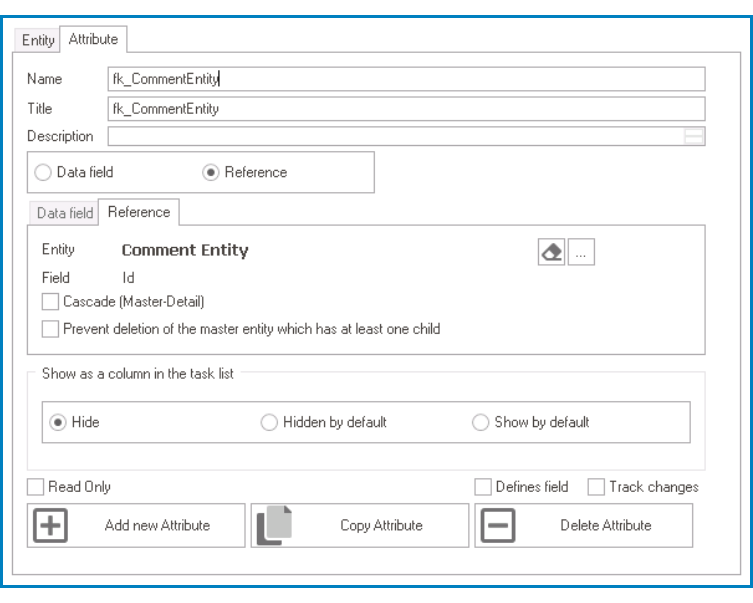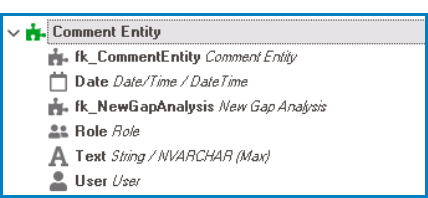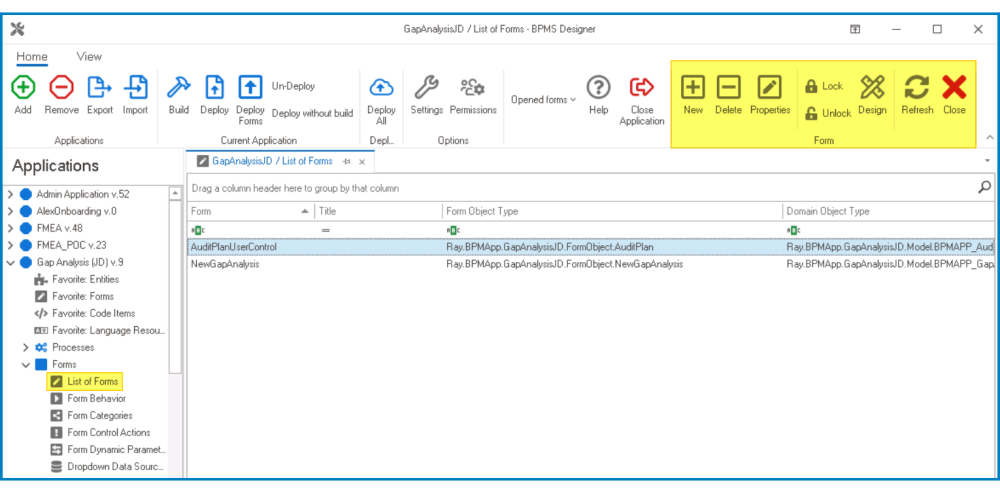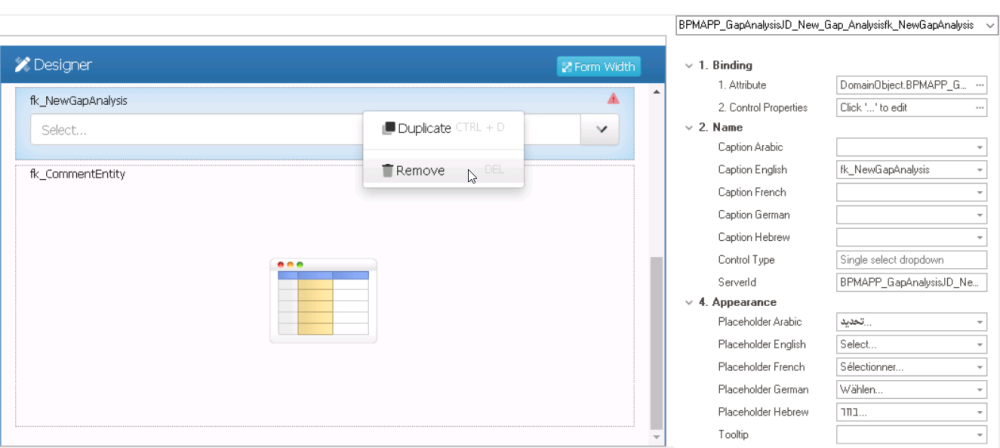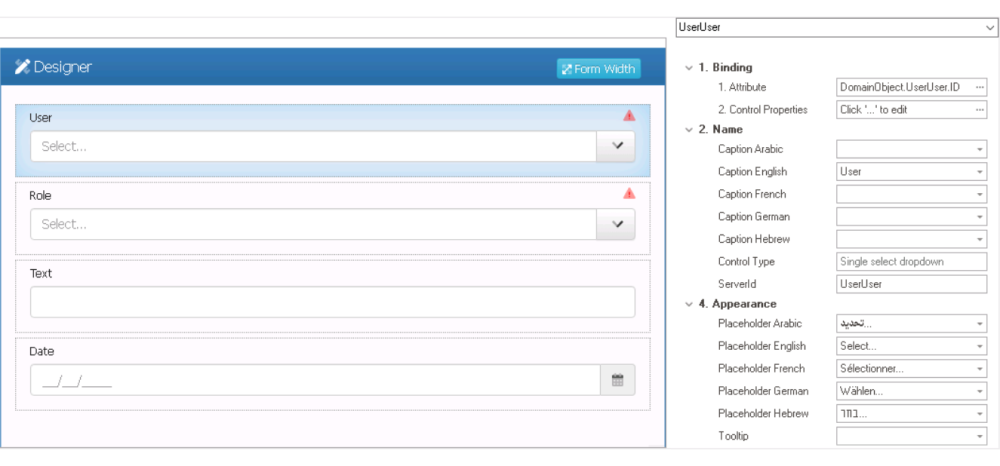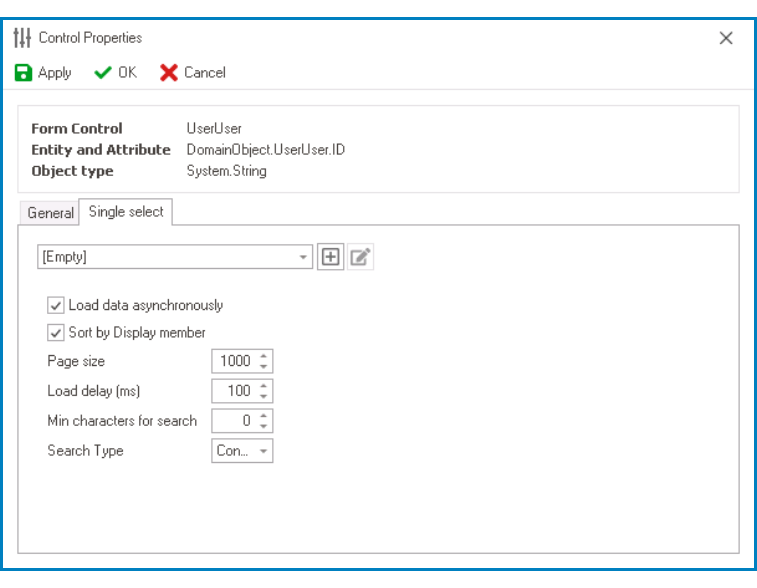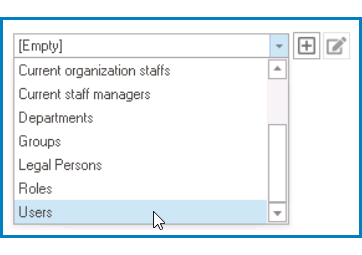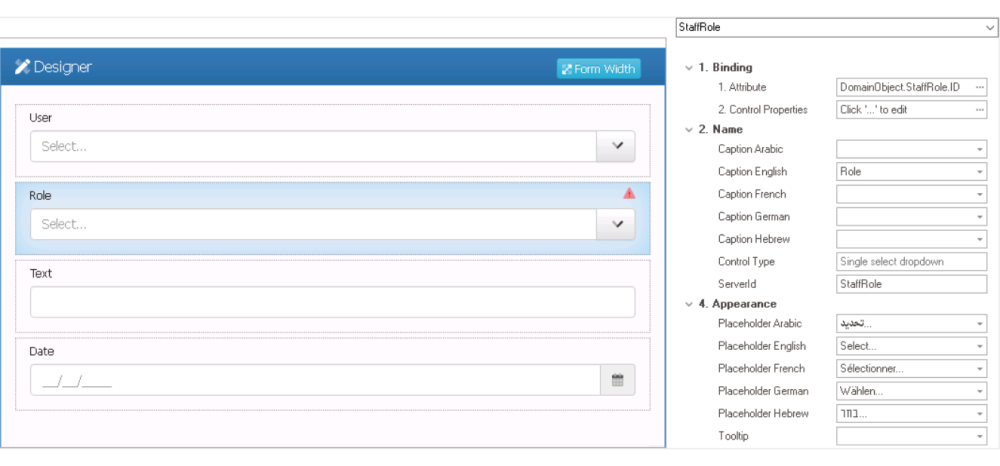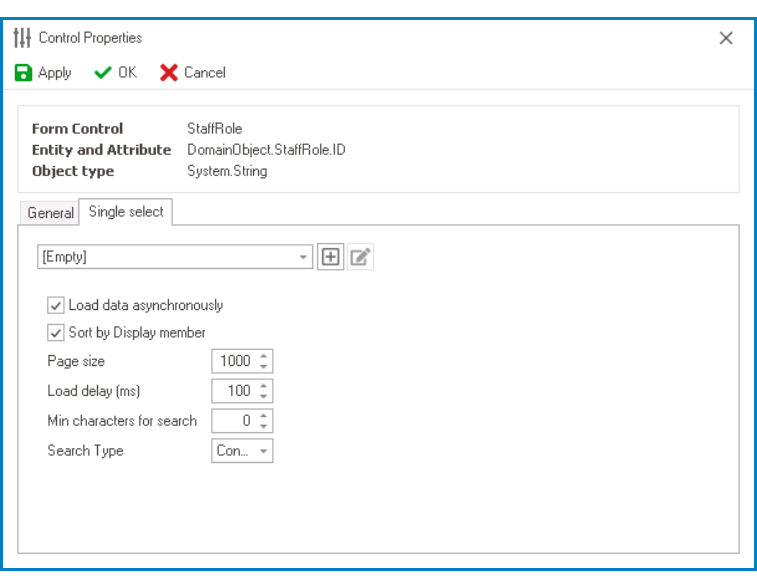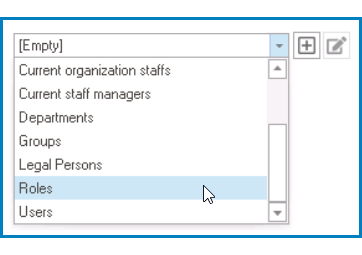To create comment controls and their associated attributes, follow these steps:
- Create Comment Entity
- Access Entity Properties
- From the Application Tree, navigate to Entities > Entity Designer (double-click to open). It will display the Entity Designer tab and expand the menu bar to show additional options.
- From either the Entity tab or the menu bar, select the Add New Entity option. It will display a set of fields in which you can define the properties of the new entity.
- From the Application Tree, navigate to Entities > Entity Designer (double-click to open). It will display the Entity Designer tab and expand the menu bar to show additional options.
- In the fields of the Entity tab, users can define the properties of the newly created entity.
- In the Name field, provide a name for the entity.
- In the Title field, either specify a custom title for the entity or let the system automatically generate it based on the provided name.
- In the Description field, provide a description for the entity, if needed.
- Create Attributes and Foreign Keys
- Access Attribute Properties
- Once you have created the entity, select the Add New Attribute option from the Entity tab. It will direct you to the Attribute tab where you can define the properties of the new attribute.
- Once you have created the entity, select the Add New Attribute option from the Entity tab. It will direct you to the Attribute tab where you can define the properties of the new attribute.
- In the fields of the Attribute tab, users can define the properties of the newly created attribute.
- Create Data & Reference Attributes
-
Text: This attribute is used to capture and store the textual content of a comment.
- In the Name field, provide a name for the attribute.
- In the Title field, either specify a custom title for the attribute or let the system automatically generate it based on the provided name.
- Choose the Date Field option.
- From the Data Type dropdown, select NVarChar_Max (to allow storage of any characters, including letters, numbers, and special characters).
-
Date: This attribute is used to capture the date and time when a comment was saved
- In the Name field, provide a name for the attribute.
- In the Title field, either specify a custom title for the attribute or let the system automatically generate it based on the provided name.
- Choose the Date Field option.
- From the Data Type dropdown, select DateTime (Date with Time).
-
User: This attribute is used to capture and store the identity of the user who left the comment.
- In the Name field, provide a name for the attribute.
- In the Title field, either specify a custom title for the attribute or let the system automatically generate it based on the provided name.
- Choose the Reference option.
- Click on the
button. It will display the Select Reference window. From the entity section, select System – Users. From the field section, select ID.
- Selecting the system reference will redirect to the Attribute tab, where the entity section will display User and the field section will display ID.
-
Role: This attribute is used to capture and store the user’s designated role in the organization.
- In the Name field, provide a name for the attribute.
- In the Title field, either specify a custom title for the attribute or let the system automatically generate it based on the provided name.
- Choose the Reference option.
- Click on the
button. It will display the Select Reference window. From the entity section, select System – Role. From the field section, select ID.
- Selecting the system reference will redirect to the Attribute tab, where the entity section will display Role and the field section will display ID.
-
Text: This attribute is used to capture and store the textual content of a comment.
- Create Foreign Keys
-
Foreign Key Towards Main Entity: This foreign key is linked to the entity associated with the form where the comment control is being implemented.
- In the Name field, provide a name for the foreign key.
- In the Title field, either specify a custom title for the foreign key or let the system automatically generate it based on the provided name.
- Choose the Reference option.
- Click on the
button. It will display the Select Reference window. From the entity section, select [AppName] – [MainEntity]. From the field section, select ID.
- Selecting the entity will redirect to the Attribute tab, where the entity section will display [MainEntity] and the field section will display ID.
-
Foreign Key Towards Comment Entity: This foreign key is linked to the comment entity—that is, the entity that contains the comments.
- In the Name field, provide a name for the foreign key.
- In the Title field, either specify a custom title for the foreign key or let the system automatically generate it based on the provided name.
- Choose the Reference option.
- Click on the
button. It will display the Select Reference window. From the entity section, select [AppName] – [CommentEntity]. From the field section, select ID.
- Selecting the entity will redirect to the Attribute tab, where the entity section will display [CommentEntity] and the field section will display ID.
-
Foreign Key Towards Main Entity: This foreign key is linked to the entity associated with the form where the comment control is being implemented.
- Once users have created the necessary attributes and foreign keys for the comment control, the end-result should be the following list:
- Create Comment Form
- Access Form Properties
- From the Application Tree, navigate to Forms > List of Forms (double-click to open). It will display the List of Forms tab and expand the menu bar to show additional options.
- From the menu bar, select the New option. It will display the Form Properties window.
- From the Application Tree, navigate to Forms > List of Forms (double-click to open). It will display the List of Forms tab and expand the menu bar to show additional options.
- In the Form Properties window, users can create a new form for the application.
- In the Name field, provide a name for the form.
- In the Form Entity field, either specify a custom name for the form entity or let the system automatically generate it based on the provided form name.
- From the Entity dropdown, select the comment entity.
- Click OK and confirm both the prompt to start designing the form and the prompt to create a draft.
- Configure Comment Form
- Once users have created the comment form and launched the Form Designer, they can proceed to finalize the form’s configuration.
- Remove Foreign Key Controls
- To remove the foreign key controls, simply right-click on them in the design environment and select the Remove option.
- To remove the foreign key controls, simply right-click on them in the design environment and select the Remove option.
- Link User and Role Attributes
-
- To link the user and role attributes to their respective lists in the database, take the following steps:
- User Control
- Select the user control from the design environment. It will display its associated properties in the Control Properties panel.
- Click on the ellipses inside the Control Properties field, and then navigate to the Single-Select tab in the displayed window.
- From the dropdown, select Users.
- Select the user control from the design environment. It will display its associated properties in the Control Properties panel.
- Role Control
- Select the role control from the design environment. It will display its associated properties in the Control Properties panel.
- Click on the ellipses inside the Control Properties field, and then navigate to the Single-Select tab in the displayed window.
- From the dropdown, select Roles.
- Select the role control from the design environment. It will display its associated properties in the Control Properties panel.
- User Control
- To link the user and role attributes to their respective lists in the database, take the following steps:
- Click Save Form and confirm the prompt to generate a link in the main menu.
- Configure Comment Control Binding Properties
- Once users have created and configured the comment form, they can return to their main form and define the binding properties for the comment control.



